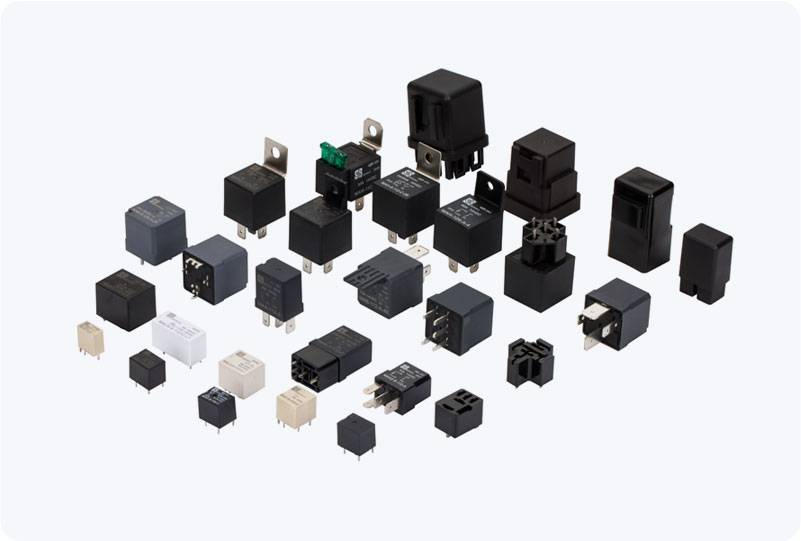vacuum arc extinguishing relay: enhancing power system protection and efficiency
Release time:2025-11-16 07:48:30
In modern electrical power systems, the protection and reliable operation of high-voltage equipment is paramount. One crucial component that ensures the safe operation of electrical systems is the Vacuum Arc Extinguishing Relay (VAER). This device plays an essential role in the protection of electrical circuits, especially when dealing with high currents and short-circuit situations. In this article, we will explore the importance, working principle, features, and applications of the Vacuum Arc Extinguishing Relay, shedding light on its critical function in electrical power systems.

What is a Vacuum Arc Extinguishing Relay?
A Vacuum Arc Extinguishing Relay is a type of protective relay that utilizes vacuum technology to extinguish the electrical arc generated when a current-carrying circuit is interrupted. It is particularly used in high-voltage switchgear and circuit breakers to ensure the safe disconnection of power in the event of overloads or short circuits. Unlike traditional arc-extinguishing methods, such as oil or air, the VAER operates within a vacuum, providing superior insulation and arc extinction capabilities.
Working Principle of VAER
The working principle of a Vacuum Arc Extinguishing Relay is based on the unique properties of a vacuum. When a circuit breaker is operated and the contacts begin to separate, an electrical arc can form due to the sudden interruption of current. In conventional systems, the arc can sustain itself and cause damage to the circuit. However, in a vacuum environment, the lack of ionization in the medium prevents the arc from continuing once the circuit is broken.

